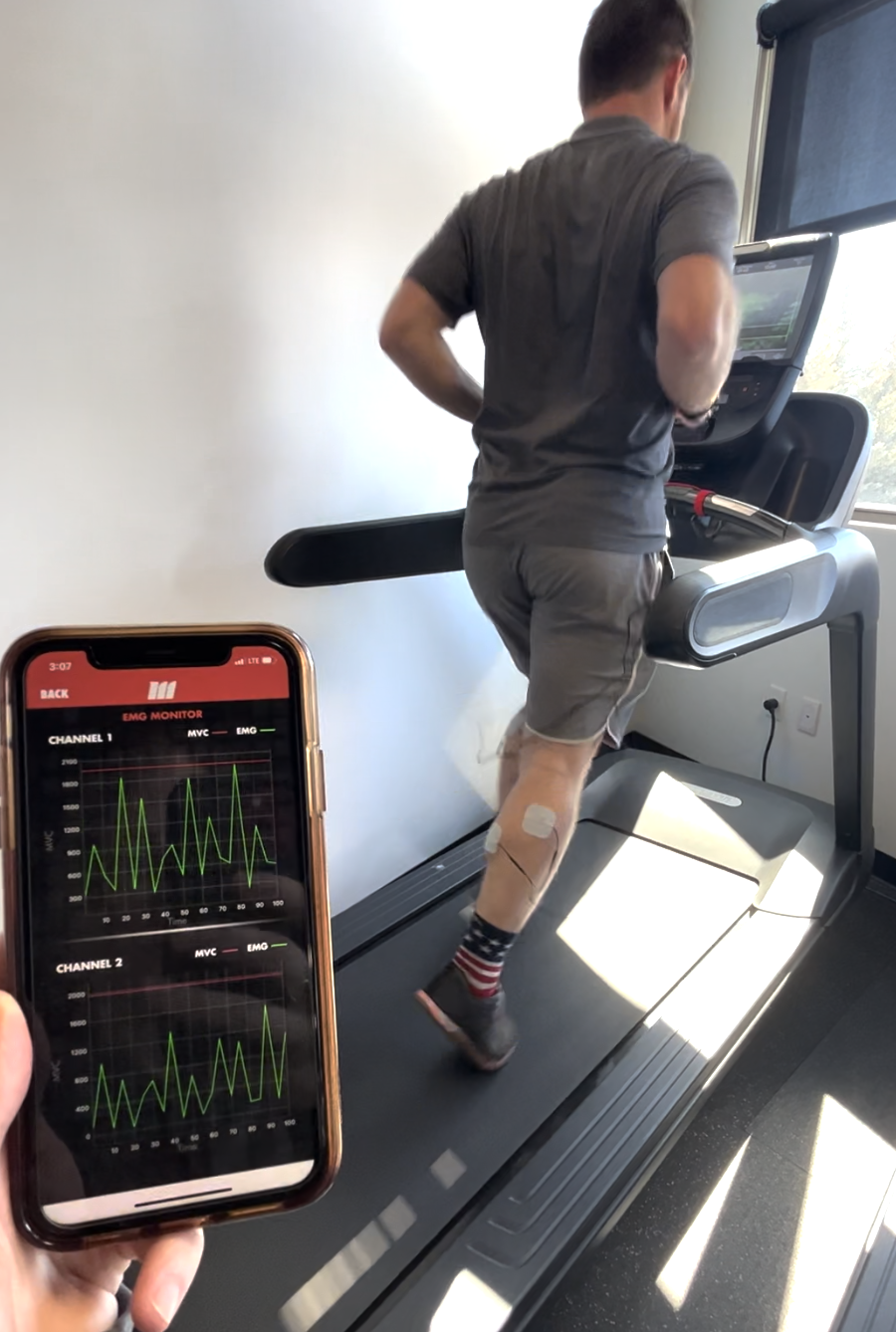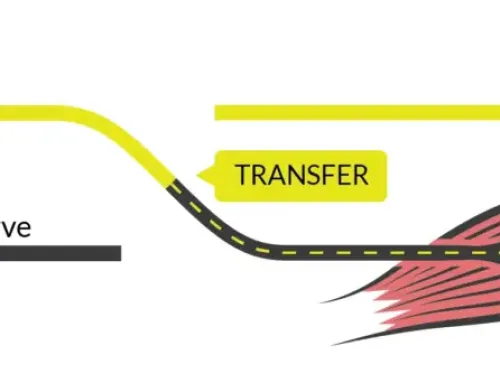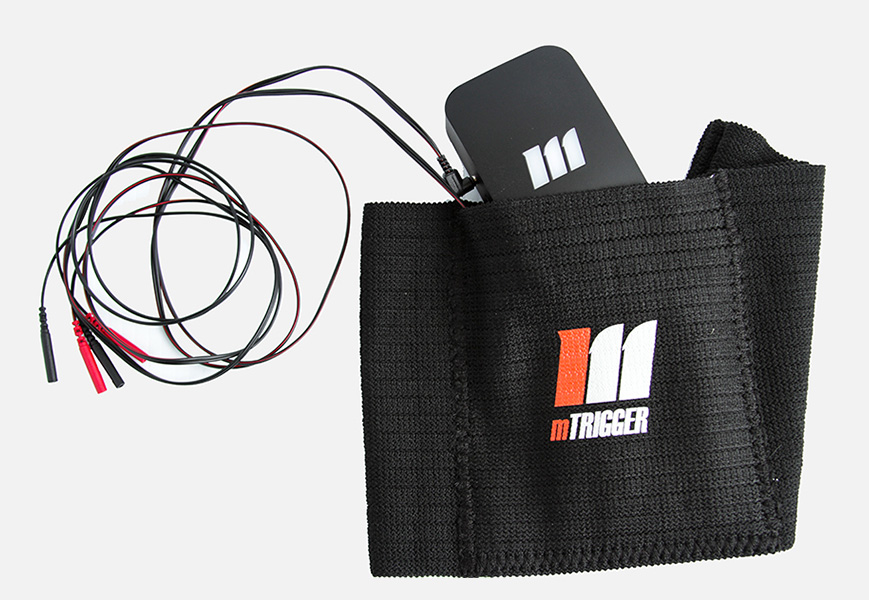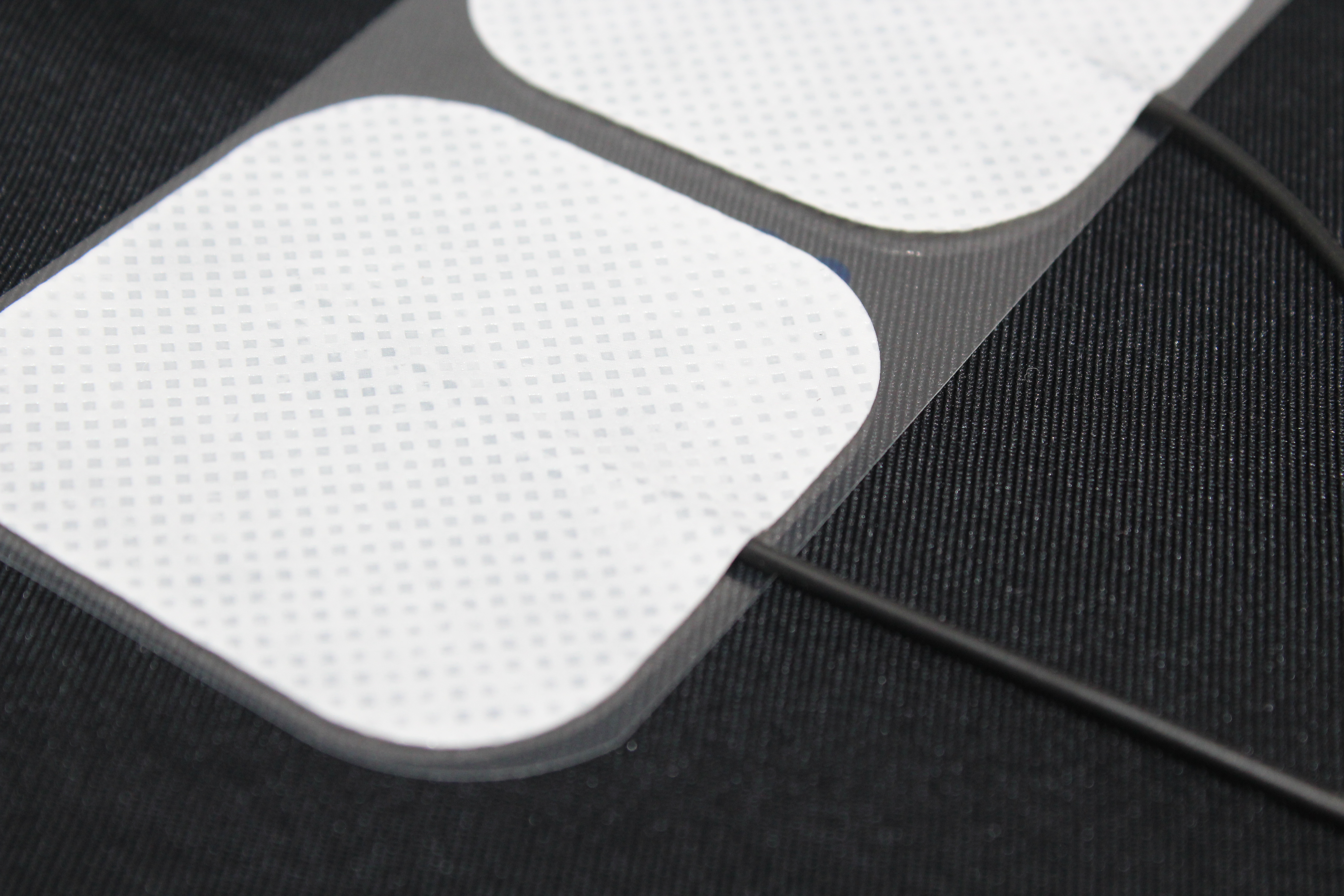Did you know the mTrigger sEMG biofeedback system has an additional visual feedback option outside of Train mode? Cue the EMG monitor. This feature was initially designed as a system check, but it also has high clinical value for specific applications. In this blog, we will review the components of the mTrigger biofeedback EMG monitoring tool, and multiple application scenarios.
Clinical Application
The EMG monitor is more sensitive than the visual feedback seen in the “Train” module. This makes it an excellent tool for picking up muscles with low levels of activation, whether that’s due to the inherent size of the muscle, or pathology. In the video below, we see a patient who has sustained a deep peroneal nerve injury, which has significantly impacted her activation of the extensor hallucis longus. In order to build back the use of this muscle and improve the motor pathway, EMG monitoring was used to provide feedback of results during the exercise. Notice how the patient is attempting to activate the extensor hallucis longus muscle without compensating by using her (stronger) tibialis anterior.
Another excellent way to use the monitor screen is with repetitive movements such as running or walking on a treadmill. The use of this screen can provide real time feedback to the provider and the patient on exactly what gait looks like in real time. For instance, do you notice a greater spike in quad activation during initial contact on one side vs the other? The EMG monitor can provide immediate feedback to the provider or patient, giving them the opportunity to modify in real time and make corrections.
*Notice the lower and inconsistent levels of activation on Channel 2 (bottom graph) which is attached to the patient’s right surgical side.
Now, how about with running? Similar to walking, the EMG monitor gives us a glimpse of real time cyclical activation patterns. When going back to running after an injury or surgery it is not uncommon to see abnormalities or compensations during the running pattern. For instance, are both quads activating appropriately? Is the push off symmetrical? The monitoring screen can help pinpoint at what point of the gait or running cycle deficiencies are present. This can be tremendously helpful when someone is getting back to running or when making return to play and rehab progression decisions. Let’s look at a few examples.
Running Assessment
*From this clip, we can see that running form and muscle activation is really all over the place. Activation levels and patterns are inconsistent and often switch from side to side.
Next, look at gastroc activation and symmetrical push off during running.
*Notice how the right side (bottom graph) frequently demonstrates lower activation levels, indicating a lack of sufficient push off during the running cycle. Visual feedback and cueing can really help here.
Another option for EMG screen monitoring is to look at repeated dynamic movements such as a lunge or squat jump. This offers additional information regarding symmetry, landing, fatigue, and muscle activation in real time. Take a look at how on the right and left sides compare during this jumping lunge.
Additional Applications
The EMG monitor can also be used for exercises that would normally be performed in the Train module. This scrolling view is another great option for providing patients with real-time visual biofeedback. In this example, the EMG monitor can be immensely helpful when monitoring EMG activation over the course of an exercise. Notice how during the heel raise exercise on the (R) surgical side, peak activation is lower, sustained activation is lower, and it fatigues quicker. All this can be gathered from watching the EMG monitor screen over the course of several exercise repetitions.
Keep in mind, the graph can sometimes be harder for patients to comprehend and visually understand. In this instance, you’re better off performing exercises in Train for patient viewing and using the EMG monitor for clinician-side information.
Lastly, do not overlook the use of the EMG monitor with generally smaller muscles such as in the hands, feet, and face. The more sensitive EMG monitor is perfect for addressing neurological deficits seen following stroke or nerve palsy. Additionally, it can help to activate neural pathways for optimizing fine motor movements. Cases of facial palsy, stroke, or hand therapy are just a few examples.
Summary
Regardless of how you utilize the live EMG monitor function, the feasibility and significance of incorporating biofeedback into any rehabilitation program is indisputable. From low level basic / initial activation of poorly firing muscles to higher level functions like running, the live EMG monitor can provide a real time look at muscle activation during activity from a graphical representation.
More Ways to Use Biofeedback
|
What is EMG Biofeedback?
|









Leave A Comment